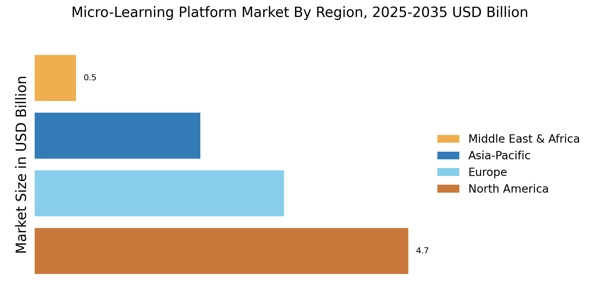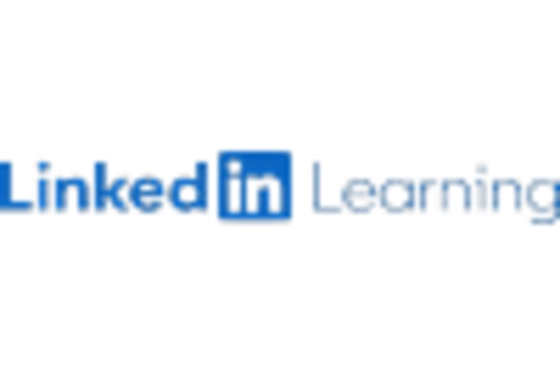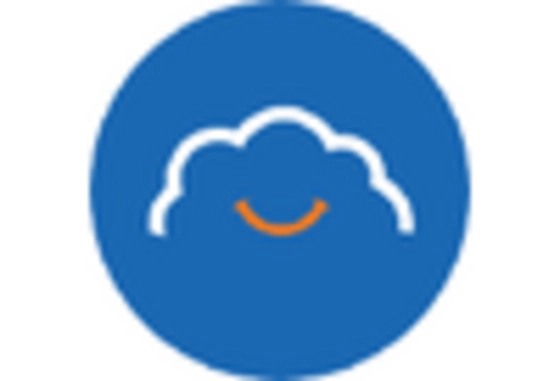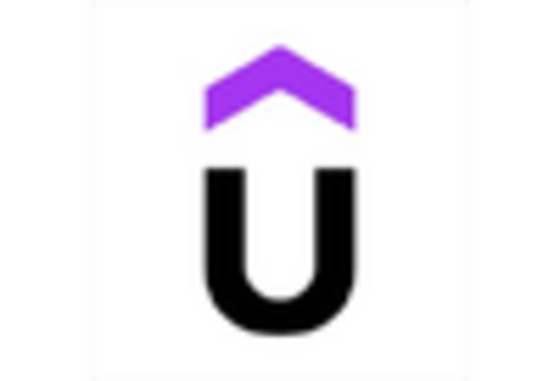Increased Focus on Employee Engagement
Employee engagement remains a critical factor in organizational success, and the Micro-Learning Platform Market is well-positioned to address this need. Micro-learning strategies are designed to enhance learner engagement by delivering content in short, focused bursts that cater to the preferences of modern learners. Research indicates that organizations utilizing micro-learning report higher retention rates and improved learner satisfaction. This is particularly relevant in industries where employee turnover is high, as effective training can lead to better job performance and reduced attrition. As companies strive to create a more engaged workforce, the Micro-Learning Platform Market is likely to see increased investment in tools and technologies that facilitate engaging learning experiences.
Shift Towards Lifelong Learning Culture
The concept of lifelong learning is gaining traction across various sectors, and the Micro-Learning Platform Market is at the forefront of this shift. As the workforce evolves, there is a growing recognition of the need for continuous skill development and knowledge enhancement. Micro-learning aligns perfectly with this trend, providing learners with the tools to engage in ongoing education without the constraints of traditional learning formats. This cultural shift is particularly evident in industries such as finance and technology, where rapid advancements necessitate constant upskilling. As organizations embrace a lifelong learning mindset, the Micro-Learning Platform Market is expected to flourish, catering to the needs of a workforce that values continuous improvement.
Advancements in Technology and Accessibility
Technological advancements play a pivotal role in shaping the Micro-Learning Platform Market. The proliferation of mobile devices and high-speed internet access has made learning more accessible than ever before. This accessibility allows learners to engage with micro-learning content anytime and anywhere, fostering a culture of continuous learning. Furthermore, the integration of artificial intelligence and analytics into micro-learning platforms enhances the personalization of learning experiences, tailoring content to individual needs. As organizations seek to leverage technology to improve training outcomes, the Micro-Learning Platform Market is expected to benefit from these innovations, leading to a more dynamic and responsive learning environment.
Rising Demand for Flexible Learning Solutions
The Micro-Learning Platform Market is experiencing a notable surge in demand for flexible learning solutions. As organizations increasingly recognize the need for adaptable training methods, micro-learning offers a viable alternative to traditional learning approaches. This trend is particularly evident in sectors such as technology and healthcare, where rapid changes necessitate continuous skill development. According to recent data, the micro-learning segment is projected to grow at a compound annual growth rate of approximately 18% over the next five years. This growth is driven by the need for just-in-time learning, allowing employees to access bite-sized content that fits seamlessly into their busy schedules. Consequently, the Micro-Learning Platform Market is poised to expand as more organizations adopt these innovative learning strategies.
Growing Emphasis on Cost-Effective Training Solutions
In an era where budget constraints are prevalent, organizations are increasingly seeking cost-effective training solutions. The Micro-Learning Platform Market offers a compelling alternative to traditional training methods, which often require significant time and financial investment. Micro-learning reduces training costs by minimizing the need for extensive resources and allowing for more targeted content delivery. This approach not only saves money but also maximizes the impact of training initiatives. As companies aim to optimize their training budgets while still achieving effective results, the Micro-Learning Platform Market is likely to see a rise in adoption as a preferred training solution.



















Leave a Comment